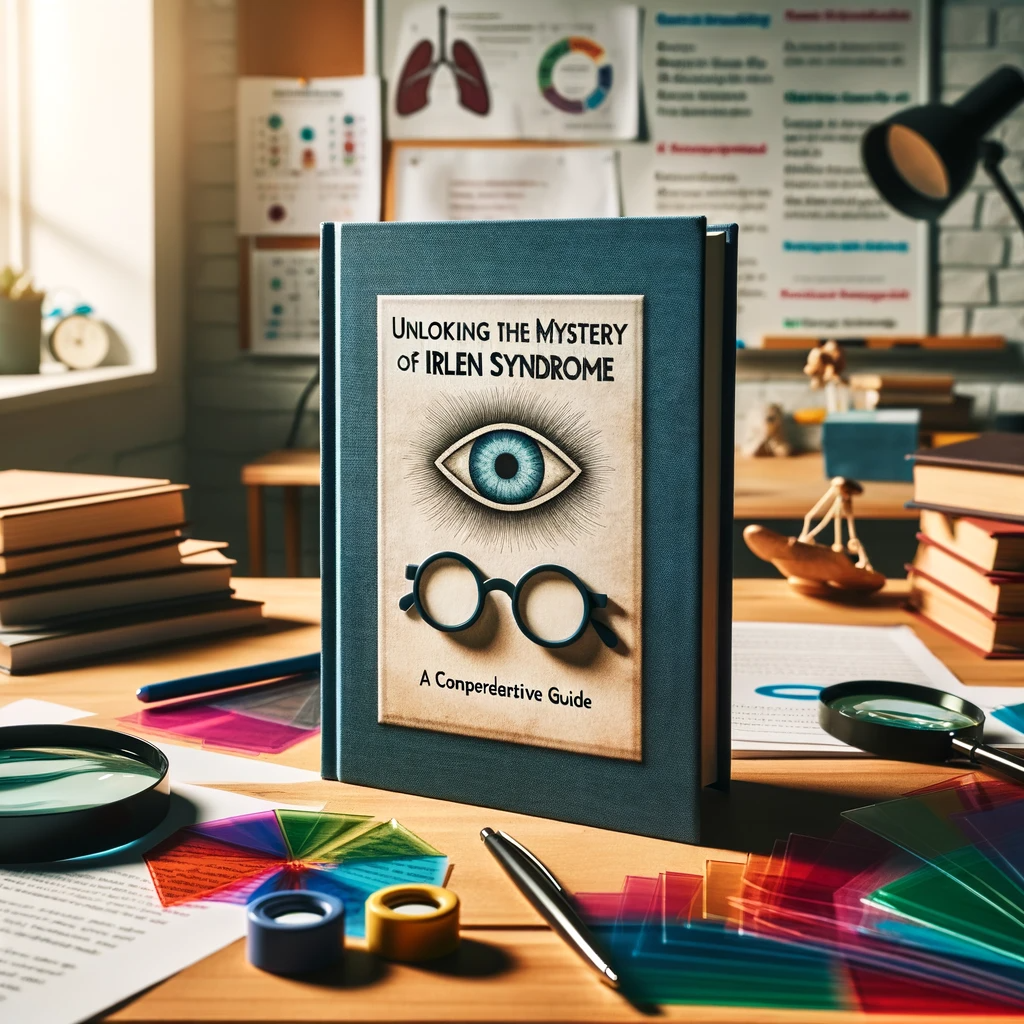Imagine living in a world where the printed page is a maze of distortions, where bright lights are a source of pain, and where reading, an essential life skill, is a daily battle. This is the reality for those with Irlen Syndrome, a condition that affects the brain’s ability to process visual information. Since its discovery, Irlen Syndrome has remained largely enigmatic, affecting both children and adults across the globe. Individuals with this syndrome experience a variety of symptoms that make daily tasks challenging, especially in educational and professional settings.

Understanding Irlen Syndrome
Irlen Syndrome, also known as Scotopic Sensitivity Syndrome, is not an issue with the eyes but rather with the brain’s ability to interpret visual stimuli. The science behind this perceptual processing disorder suggests that it’s linked to a dysfunction in one’s visual pathways, causing a disruption in the processing of certain wavelengths of light. This neurological anomaly can result in difficulties with reading, depth perception, and sensitivity to light, among other issues.
Identifying Irlen Syndrome
Diagnosing Irlen Syndrome begins with recognizing its signs, which may include eyestrain, headaches, poor comprehension, and attention difficulties. Professionals such as Irlen Diagnosticians or specialized optometrists are trained to identify the syndrome through a series of tests and screenings. It’s crucial to understand that Irlen Syndrome is distinct from dyslexia and other learning disabilities, although it can co-occur with them, adding a layer of complexity to diagnosis and treatment.
Living with Irlen Syndrome
Those with Irlen Syndrome often develop personal coping mechanisms to manage their symptoms. Adaptations may include avoiding fluorescent lighting, using digital devices with adjusted screen settings, or applying non-glare covers to reading materials. In educational settings, it’s vital for teachers and peers to be aware of these needs to create an inclusive and supportive learning environment.
Treatment and Management
Treatment options for Irlen Syndrome are unique to each individual and often involve the use of colored overlays or lenses to filter out the offending wavelengths of light. These aids are tailored specifically to each person’s sensitivities. Irlen Screeners play a vital role in this process, working to identify the most effective colors for each patient to improve clarity and comfort during reading and other activities.
The Impact of Awareness
Awareness of Irlen Syndrome is fundamental for early detection and support. Understanding the condition leads to better accommodations and a higher quality of life for those affected. Educational initiatives and advocacy efforts have brought Irlen Syndrome to light, with resources and support groups available to assist individuals and families navigating this condition.
Conclusion
As we’ve explored the complexities of Irlen Syndrome, it’s clear that though challenges exist, so do solutions. Recognizing the signs of Irlen Syndrome is the first step towards managing it effectively. With the right support and adaptations, those affected can lead successful and fulfilling lives. It’s a journey of continued research and advocacy, one that promises to unlock further mysteries and offer hope to those living with Irlen Syndrome.